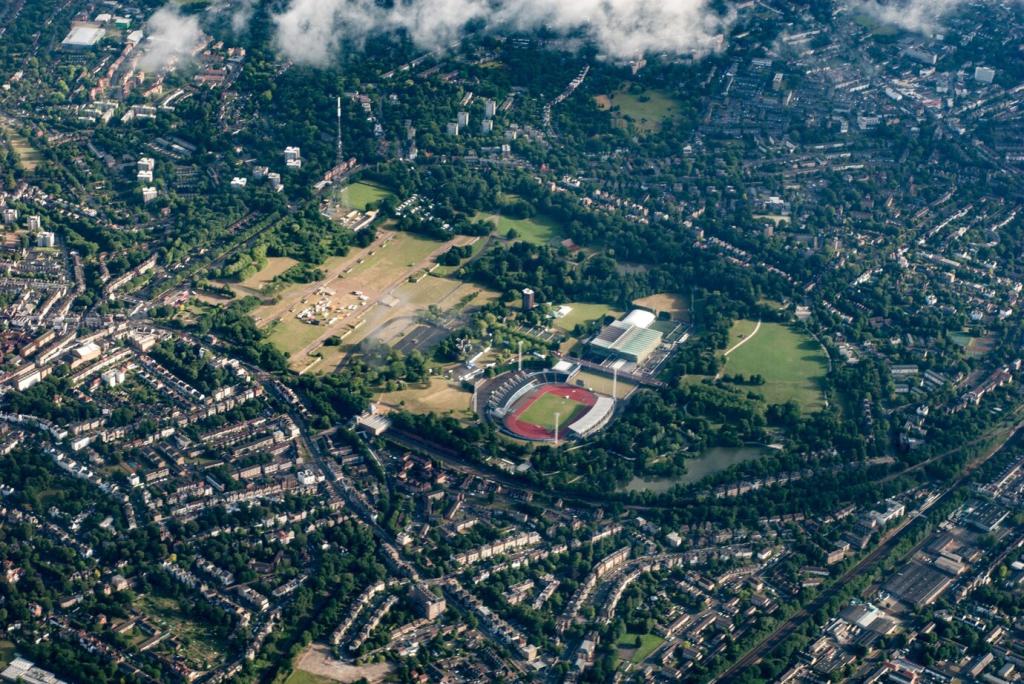
Smart Grid Technologies for Urban Areas
Smart grid technologies represent a transformative approach to modernizing urban energy systems, enabling cities to efficiently manage energy distribution and consumption. These advanced systems integrate digital communication, automation, and data analytics into existing electrical grids, supporting sustainability initiatives and improving reliability. In urban contexts, where dense populations and growing energy demands pose unique challenges, smart grids are essential for ensuring resilient infrastructure and accommodating future growth. Their deployment not only benefits utility companies but also empowers consumers with greater control and insight over their energy usage while supporting the transition to renewable energy sources.
Advanced Metering Infrastructure

The essence of advanced metering lies in its capacity to collect data in real time. Traditional analog meters only provide a snapshot of usage over a billing period, leading to delayed responses to consumption spikes or potential outages. In contrast, smart meters relay usage data to utility companies continuously or at frequent intervals throughout the day. This infrastructure empowers utilities to detect abnormal consumption trends, identify outages almost instantly, and optimize grid operations accordingly. The timely transmission of data allows for more responsive customer service, enhances the reliability of urban energy grids, and supports faster restoration of services in the event of interruptions.
Distributed Energy Resources Integration
Facilitating Renewable Energy Adoption
Urban environments are increasingly turning to renewable energy solutions like rooftop solar panels, micro wind turbines, and community-based microgrids. The variability of renewable sources, especially solar and wind, requires sophisticated coordination to ensure consistent power supply. Smart grids facilitate the smooth adoption of these resources by balancing real-time supply and demand, mitigating the effects of intermittent generation, and enabling energy to flow bi-directionally. As a result, cities can significantly increase their reliance on clean energy, reducing greenhouse gas emissions and enhancing energy independence.


Enabling Peer-to-Peer Energy Trading
Distributed energy resources lay the groundwork for peer-to-peer (P2P) energy trading within urban areas. By leveraging smart grid technologies, individual energy producers—such as homeowners with solar panels—can sell excess electricity directly to neighbors or local businesses. This decentralized model creates new economic opportunities and improves overall grid efficiency by encouraging localized production and consumption. P2P trading relies on accurate, real-time data exchange and advanced transaction platforms, both of which are made possible through smart grid infrastructure. This innovation fosters community engagement and paves the way for more democratic and resilient urban energy systems.
Grid Automation and Control
Intelligent Fault Detection and Isolation
Smart grids are equipped with an array of sensors and control devices that constantly monitor network performance. These automated systems rapidly detect faults, such as equipment failures or unexpected voltage fluctuations, and isolate the affected areas to prevent widespread outages. By identifying and isolating problems in real time, urban grid operators can minimize service disruptions and maintain critical services. Automation replaces manual interventions that can be slow and error-prone, leading to faster restoration times and improved overall reliability for city residents and businesses.
Automated Voltage and Frequency Regulation
With the proliferation of variable renewable energy sources and fluctuating consumption patterns, maintaining stable voltage and frequency levels within the grid is increasingly complex. Smart grid automation leverages advanced algorithms and real-time data to dynamically adjust grid parameters, ensuring optimal performance at all times. Automated regulation systems correct imbalances quickly, preventing damage to infrastructure and reducing the risk of blackouts. In urban areas, where sensitive commercial and industrial operations depend on uninterrupted power quality, these systems are indispensable for maintaining a stable and dependable electricity supply.
Self-Healing Grid Capabilities
A self-healing grid is one that can automatically detect, diagnose, and restore faults without human intervention. By using advanced automation and artificial intelligence, smart urban grids can rapidly reroute electricity around problem areas, reconfigure network topology, and initiate repairs where possible. This capability significantly reduces outage durations and enhances the resilience of urban energy systems, which is especially important during extreme weather events or unforeseen emergencies. With self-healing features, cities can safeguard public safety, protect economic activity, and build trust among stakeholders in the reliability of their power infrastructure.
